“The art challenges the technology, and the technology inspires the art,” John Lasseter, one of the founding fathers of Pixar said. Artists are always challenging themselves to push the envelope, create works that have never been created before and inspire the masses. Yet if you step outside the traditional realms of art – paintings, sculpture, furniture, for example – you may find something unimaginable.
Little Berlin, located at 2430 Coral Street in Kensington, featured nine “outside the box” art works on October’s First Friday. The artists were not present at the event because the artists are not human. All of the work featured in Heavily Scripted: Generative Arts and Bots was created by code, script and programs. The humans behind the work are coding masterminds.
“I’ve been interested in this phenomena of visual coding,” show curator Lee Tusman said. “Recently I’ve been interested in bots and generative art work.”
Listen to Wikipedia by Stephen LaPorte and Mahmoud Hashemi is a live artwork projected on a large screen. As users edit Wikipedia articles around the world, circles appear on the screen accompanied by an audio tone. The larger the edit, the bigger the circle and the deeper the tone. The article subject is written in white text as the circle expands corresponding to the size of the edit. “Obesity in France” was a medium-sized edit on Friday evening.
“What is interesting about the coding community that differs from the visual art community, is that coders publish their code online. This allows other people to use the code, learn from it or even add on and make a version of their own,” Tusman said.
In Hotwriting, by Todd Anderson, lines of poetry appear on an iPad screen as corresponding piano keystrokes accompany each line of text. Using a wireless USB keyboard, a full-screen word processor called Q10 and a hotkey-scripting language called AutoHotKey to tie strings of text (lines of a poem) to a specific key on the keyboard, Anderson can create real-time poetry with a single keystroke.
While visiting the gallery, I witnessed this poem form:
You asked how I was always so damn happy.
I smiled
There was nothing left to say
 Grayson Earle’s NSA Haiku Generator marries national security and poetry in a highly entertaining piece. The NSA Haiku Generator uses the NSA’s database of terms, which can land you as a suspected terrorist if you use them in electronic communication. Anderson assigned a syllable count for each phrase from the list and generated randomized haikus of the suspect phrases. The haikus can be shared on social media and even Tweeted to President Obama.
Grayson Earle’s NSA Haiku Generator marries national security and poetry in a highly entertaining piece. The NSA Haiku Generator uses the NSA’s database of terms, which can land you as a suspected terrorist if you use them in electronic communication. Anderson assigned a syllable count for each phrase from the list and generated randomized haikus of the suspect phrases. The haikus can be shared on social media and even Tweeted to President Obama.
Earle was inspired by a Clay Shirky TEDtalk – How the Internet will (one day) transform the Government. Shirky mentioned a project where an individual uploaded a tool that could detect naturally occurring haiku in State Department prose.
“That made me think of Snowden and the NSA,” Earle said. “Each haiku that is shared saturates the internet with these watch list terms, so we’re collectively throwing off the NSA’s search efforts.”
Earle’s favorite generated haiku is:
World Domination
U.S. Consulate Ninja
Crypto-Anarchy
 In a follow-up to the NSA Haiku Generator, Earle created the NSA Game called Terrorist Threat or Harmless Phrase. Two words are presented to the player. One is a word on the NSA Internet watch list and the other is not. Players must correctly guess which term is not on the watch list. If you get four consecutive questions wrong the game will automatically open a Google search bar and conduct a search for the string of words you got wrong. Therefore losing can playfully “implicate” you.
In a follow-up to the NSA Haiku Generator, Earle created the NSA Game called Terrorist Threat or Harmless Phrase. Two words are presented to the player. One is a word on the NSA Internet watch list and the other is not. Players must correctly guess which term is not on the watch list. If you get four consecutive questions wrong the game will automatically open a Google search bar and conduct a search for the string of words you got wrong. Therefore losing can playfully “implicate” you.
The NSA Haiku Generator has drawn over tens of thousands of visitors and Retweets, including a popular retweet by John Cusack! You can find the NSA Game at www.nsagame.com and follow the NSA Haiku Generator on Twitter at @NSAhaiku.
Grillz by Roopa Vasudenvan is an exploration and analysis of the usage of language in mainstream hip-hop lyricism, with particular attention paid to the mention of money and income. Individual songs are algorithmically analyzed for references to extreme poverty – the projects, drug dealing, prostitution – as well as extreme wealth – cars, cash, jewelry and the like. Mentions are scored according to relative distance from words of the opposite polarity, and the resulting landscape formed is extruded into a 3D shape and printed as wearable grills.
“I’ve been hip-hop fan since I was young,” Vasudenvan said. “This was a way to take a look at songs and see what the language really means.”
Using Hard Knock Life Ghetto Anthem by Jay-Z, words and phrases highlighted in Vasudenvan’s exhibit include “hottest cars,” “over controlling,” “king size green machines,” and “another rapper as hot as me.”
In Fat Joe’s Make it Rain, words such as “hoes,” “crack,” “triple bean,” and “southpaw jada” are a part of the lyrics. Vasudenvan used five hip-hop songs for this project. Visitors could listen to each song and view the corresponding 3D printed grill.
Vasudenvan fell in love with programming at her Intro to Programming course during her studies at NYU.
“There is something really beautiful about this,” Vasudenvan said of code. “I think it is really important for people to learn that code is for everyone. I didn’t know my brain was wired to code, but apparently it was. Anybody can do this.”
Heavily Scripted: Generative Art & Bots is on exhibit at Little Berlin until October 25th. A night of live generative code poetry with Todd Anderson will take place at Little Berlin on October 17th from 7-10pm.
To learn more visit the links below.
Little Berlin
www.littleberlin.org/
Clay Shirky TEDtalk
www.ted.com

 Gaming7 years ago
Gaming7 years ago
 Music7 years ago
Music7 years ago
 Business7 years ago
Business7 years ago
 The Jawn7 years ago
The Jawn7 years ago
 The Jawn7 years ago
The Jawn7 years ago
 The MC7 years ago
The MC7 years ago
 Entertainment7 years ago
Entertainment7 years ago
 The Jawn7 years ago
The Jawn7 years ago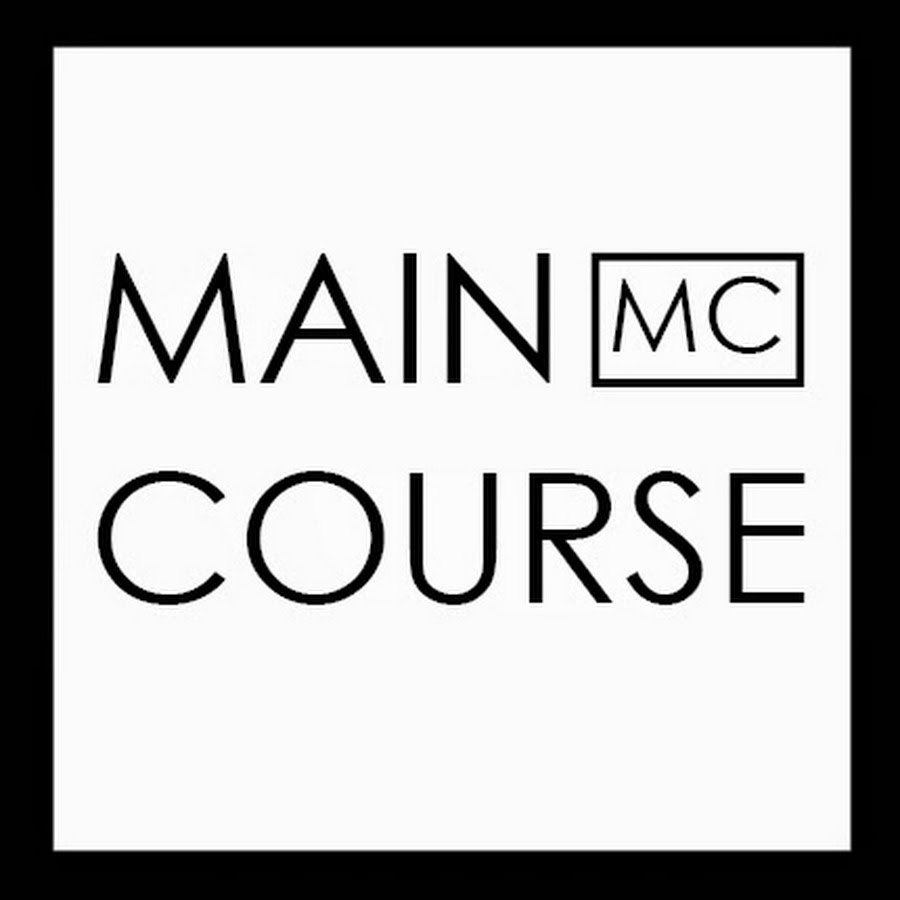
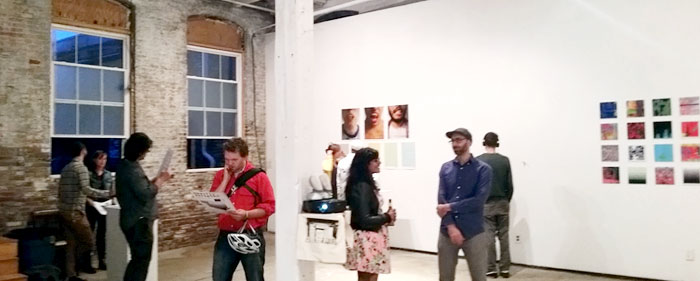
 Grayson Earle’s NSA Haiku Generator marries national security and poetry in a highly entertaining piece. The NSA Haiku Generator uses the NSA’s database of terms, which can land you as a suspected terrorist if you use them in electronic communication. Anderson assigned a syllable count for each phrase from the list and generated randomized haikus of the suspect phrases. The haikus can be shared on social media and even Tweeted to President Obama.
Grayson Earle’s NSA Haiku Generator marries national security and poetry in a highly entertaining piece. The NSA Haiku Generator uses the NSA’s database of terms, which can land you as a suspected terrorist if you use them in electronic communication. Anderson assigned a syllable count for each phrase from the list and generated randomized haikus of the suspect phrases. The haikus can be shared on social media and even Tweeted to President Obama. In a follow-up to the NSA Haiku Generator, Earle created the NSA Game called Terrorist Threat or Harmless Phrase. Two words are presented to the player. One is a word on the NSA Internet watch list and the other is not. Players must correctly guess which term is not on the watch list. If you get four consecutive questions wrong the game will automatically open a Google search bar and conduct a search for the string of words you got wrong. Therefore losing can playfully “implicate” you.
In a follow-up to the NSA Haiku Generator, Earle created the NSA Game called Terrorist Threat or Harmless Phrase. Two words are presented to the player. One is a word on the NSA Internet watch list and the other is not. Players must correctly guess which term is not on the watch list. If you get four consecutive questions wrong the game will automatically open a Google search bar and conduct a search for the string of words you got wrong. Therefore losing can playfully “implicate” you.
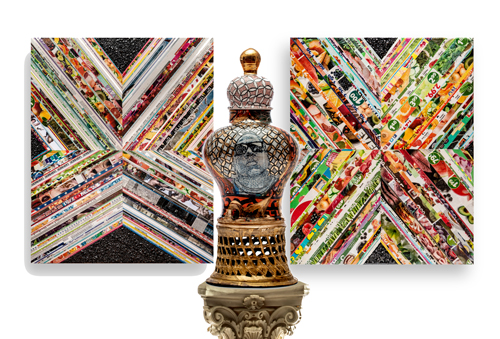






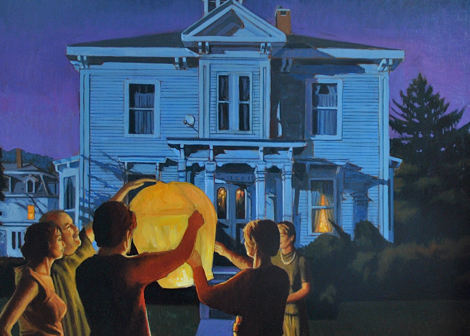
 Paintings are usually classified by the artist’s style. The human mind strives for order by placing visual elements into a certain categorical box; labeling the object at hand. The end result is a painting or work of art that can be put into a Surrealism box, a Realism box, an Impressionism box, a Photorealism box, or an Abstract box, just to name a few.
Paintings are usually classified by the artist’s style. The human mind strives for order by placing visual elements into a certain categorical box; labeling the object at hand. The end result is a painting or work of art that can be put into a Surrealism box, a Realism box, an Impressionism box, a Photorealism box, or an Abstract box, just to name a few. Several of his works, such as Nudes in Autumn, tastefully place one or more nude subjects in the middle of a captivating landscape. This type of composition collectively illuminates the natural beauty of both the human body and the earth.
Several of his works, such as Nudes in Autumn, tastefully place one or more nude subjects in the middle of a captivating landscape. This type of composition collectively illuminates the natural beauty of both the human body and the earth. Keeler is a master at portraying light, shadow, and reflection. In, Keuka Lake, a swirl of nighttime Cirrus clouds wisp above the dark New York finger lake, as the twinkling town lights of Hammondsport are reflected off of the water.
Keeler is a master at portraying light, shadow, and reflection. In, Keuka Lake, a swirl of nighttime Cirrus clouds wisp above the dark New York finger lake, as the twinkling town lights of Hammondsport are reflected off of the water.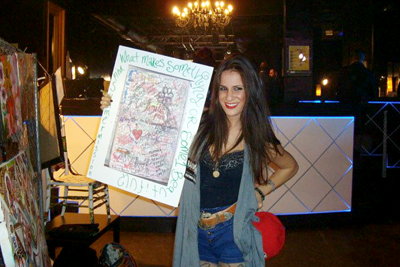
 I usually end up somewhere in between Manhattan’s busy streets and overcrowded subways on a mission to find good drinks, new music, cool art, amazing people, and fashion that I’ll never find at my local Macy’s. However, on December 5th I had to look no further than the 5th Annual Philadelphia RAWards held at LiT Ultrabar. After browsing the open room, a room overwhelmed with an enigmatic aura of underground artistry, the commonality gluing this event together was obvious. These local artists, musicians, photographers, filmmakers, and stylists were all there to deliver ingenious art expression to the city of Philadelphia. I had a revelation: The fact that I’ve never attended a RAW event in Philadelphia could only mean that I needed to spend less time hopping trains to the Big Apple and more time walking the cobblestone streets in the City of Brotherly Love.
I usually end up somewhere in between Manhattan’s busy streets and overcrowded subways on a mission to find good drinks, new music, cool art, amazing people, and fashion that I’ll never find at my local Macy’s. However, on December 5th I had to look no further than the 5th Annual Philadelphia RAWards held at LiT Ultrabar. After browsing the open room, a room overwhelmed with an enigmatic aura of underground artistry, the commonality gluing this event together was obvious. These local artists, musicians, photographers, filmmakers, and stylists were all there to deliver ingenious art expression to the city of Philadelphia. I had a revelation: The fact that I’ve never attended a RAW event in Philadelphia could only mean that I needed to spend less time hopping trains to the Big Apple and more time walking the cobblestone streets in the City of Brotherly Love. RAW: natural born artists is an independent arts organization that provides young, indie creatives with the necessary tools and resources to take their creativity to a higher level and expose their talents to the city. Among the RAW artists showcased at the Philadelphia venue were nine artists deemed, “RAW Artists of the Year”. This year’s RAWard winners included Kory Zuccarelli (Photographer of the Year), John & Brittany (Musician of the Year), Anastasia Alexandrin (Visual Artist of the Year), Emaline Designs (Accessories Designer of the Year), Amanda Danziger (Filmmaker of the Year), Necro FX (Makeup Artist of the Year), Clifford Scott (Hair Stylist of the Year), Singing Circus Woman (Performing Artist of the Year), and Project Runway Season 12 Designer Dom Streater (Fashion Designer of the Year).
RAW: natural born artists is an independent arts organization that provides young, indie creatives with the necessary tools and resources to take their creativity to a higher level and expose their talents to the city. Among the RAW artists showcased at the Philadelphia venue were nine artists deemed, “RAW Artists of the Year”. This year’s RAWard winners included Kory Zuccarelli (Photographer of the Year), John & Brittany (Musician of the Year), Anastasia Alexandrin (Visual Artist of the Year), Emaline Designs (Accessories Designer of the Year), Amanda Danziger (Filmmaker of the Year), Necro FX (Makeup Artist of the Year), Clifford Scott (Hair Stylist of the Year), Singing Circus Woman (Performing Artist of the Year), and Project Runway Season 12 Designer Dom Streater (Fashion Designer of the Year). I couldn’t help but succumb to the raw emotions of artist Toni Michele. All of her work, including the stunning portrait of Lady Gaga, was full of life. When I asked what inspired her work, she first admitted that she was a bit of a manic, and then shared with me her personal book full of notes, thoughts, and letters. “My inspiration comes from painting things for people I love. It helps me deal with depression,” she said. She flipped to a page in her book, handed me a marker, and asked what I would attempt to do if I could not fail. I see. It was my turn to undress.
I couldn’t help but succumb to the raw emotions of artist Toni Michele. All of her work, including the stunning portrait of Lady Gaga, was full of life. When I asked what inspired her work, she first admitted that she was a bit of a manic, and then shared with me her personal book full of notes, thoughts, and letters. “My inspiration comes from painting things for people I love. It helps me deal with depression,” she said. She flipped to a page in her book, handed me a marker, and asked what I would attempt to do if I could not fail. I see. It was my turn to undress. And so it seems, to call yourself an artist is to commit to your art, undress for your audience, and reveal the raw emotion attached to your work, just as the RAW artists of Philadelphia have done.
And so it seems, to call yourself an artist is to commit to your art, undress for your audience, and reveal the raw emotion attached to your work, just as the RAW artists of Philadelphia have done.

You must be logged in to post a comment Login